So you’re thinking of travelling to Malaysia, and you don’t want to be blindsided by a complete lack of preparedness. You may be wondering things like:
- Can I just show up?
- How do I get around?
- What’s good to do in Malaysia?
- Will I get attacked by geese or any other hostile wildlife? (The answer is no. This is not the UK or Canada)
Well not to worry, in this blogpost I’ll be laying down some words of wisdom from a local Malaysian veteran (fancy way of saying I’ve lived here for 27 years). It will cover the most important things you need to know.
Starting with the first and most important one to a lot of people:
1) It is possible to get by with just English
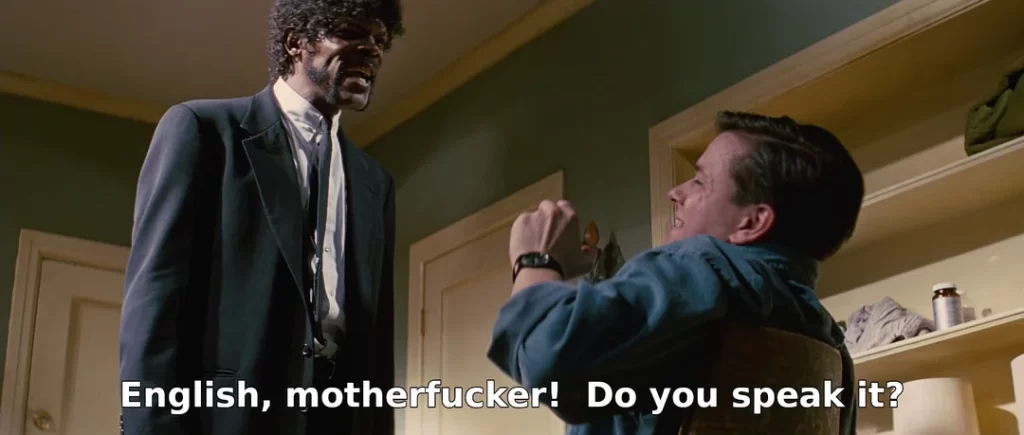
Because we are a commonwealth country, many people here can speak a good degree of English. This is especially true in the more developed areas like the country capital Kuala Lumpur.
If you spend most of your trip in these urbanised areas and other highly touristy spots, I’d say you can get through your trip just fine by only using English – no tour guide needed.
Sure you may have to ask around a few times to find someone who speaks fluently, but that’s no big deal when it comes to being able to find your way around in the worlds most used language.
Other languages that would be handy should you know them is Malay (it is our national language) and Mandarin or Cantonese, which is commonly spoken by the Chinese population here.
2) We use the UK style power socket
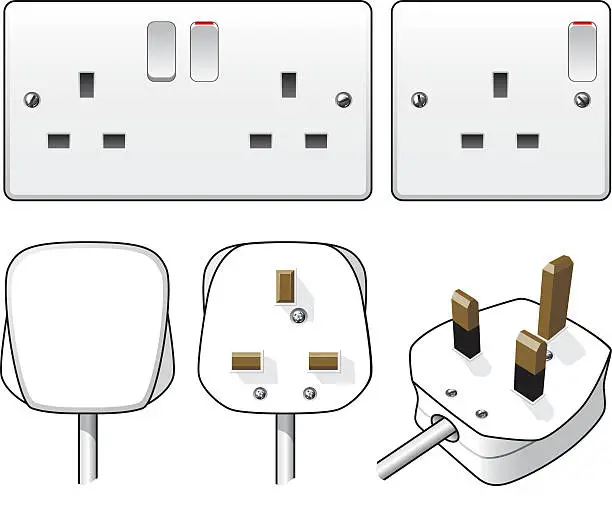
Another result of being a commonwealth country is that we use the UK-style plug here so make sure you come prepared with an adapter if needed.
Just so you know, standard two pin EU style plugs can fit into UK sockets with some very basic jiggling. Read up on how to do it if you’re unsure how it’s done and be sure not to electrocute yourself.
3) Malaysia is not a very walkable country
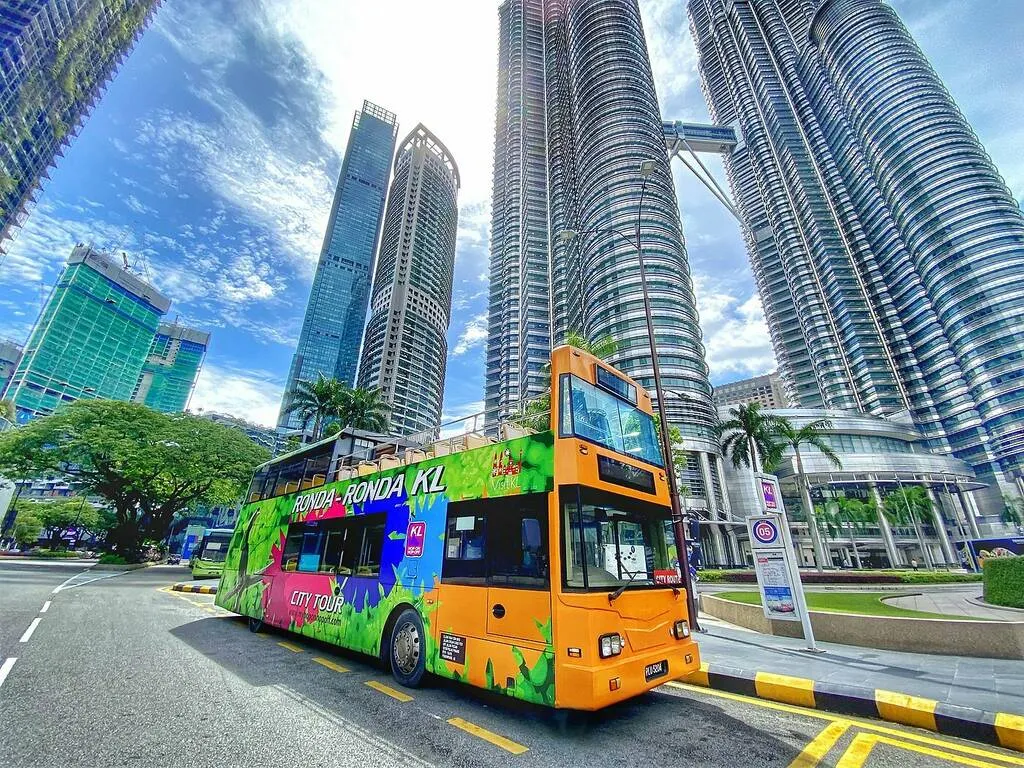
Unless you’re spending most of your time in a very limited area of Kuala Lumpur, Malaysia is generally not very walkable.
In reality Malaysia is extremely car centric and the roads aren’t made to cater to pedestrians. Even if your destination was close and walkable, it’s hot, humid and starts getting unpleasant really quickly for anything more than a half kilometer walk. That’s not to mention heavy rain being a commonplace occurrence.
If walking isn’t a great option, how do you get around then? This brings us to the next thing you need to know:
4) Your options for getting around Malaysia
If your journey doesn’t involve traveling to different states or very long distances, you can use what us locals use which is the grab app.
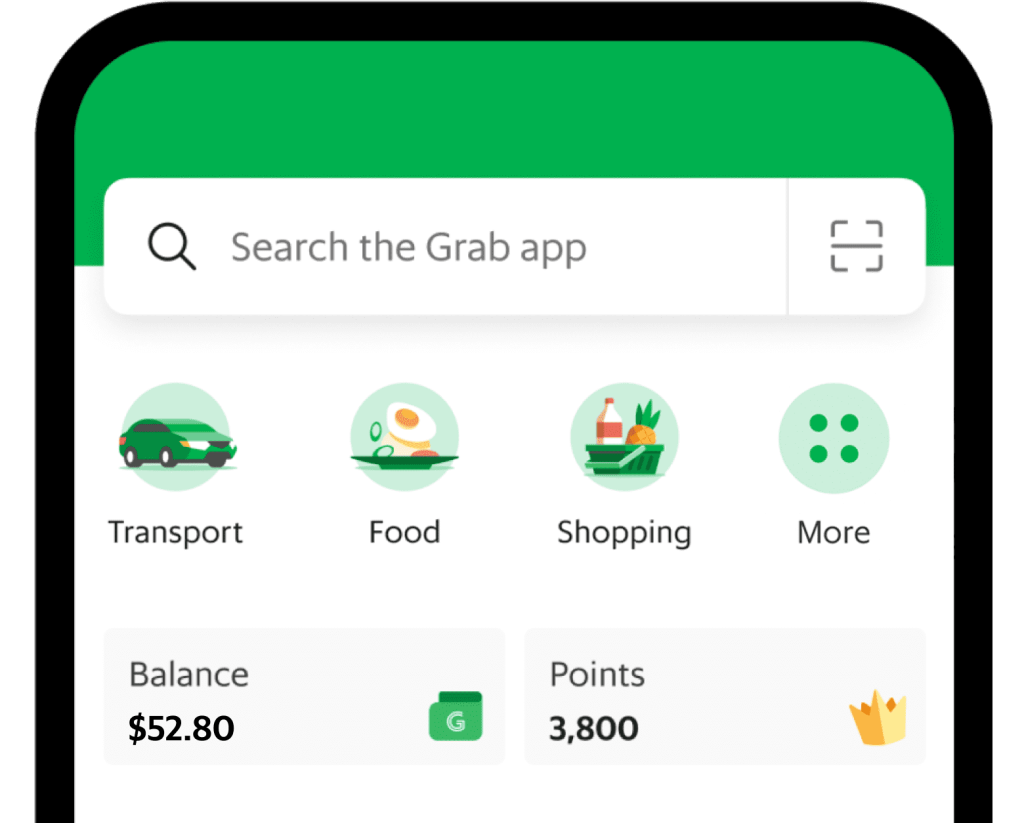
Grab is an e-hailing app similar to Uber or Lyft in our country. It’s convenient, intuitive, available in 8 languages and fees are mostly upfront (except for tolls). To make things even better, it is also not prohibitively expensive as petrol is subsidized here (at least for now). A similar trip in Thailand with the same app would cost more than two times after accounting for currency conversion.
If you don’t want to e-hail, renting a car is another possibility with an international driving permit. And just so you know, we drive on the left here. Pro tip: try to avoid travelling by car during rush hours.
Besides the trusty car, other ways of getting around shortish distances is through using the MRT/LRT and occasionally BRT train lines. All of these train lines are only available in West Malaysia, specifically in Kuala Lumpur (KL) and its surrounding areas and should be used as a supplementary means of transport since station connectivity gets worse and worse as you stray further from KL.
That means after getting to your station, you may also need e-hail for the last leg of your destination. Train lines do however connect to many important points of interest such as large malls and other tourist attractions like the ever famous KL Twin Towers (KLCC).
Do know that these stations accept prepaid travel cards that can be bought at the counter at any station. And the main reason you’d travel this way is because it’s budget friendly.
I recommend booking a stay near a MRT or LRT line if possible you to maximize your options of getting around should you be travelling around KL.
If you’re travelling longer distances, out of state or between east and west Malaysia it gets a little more tricky and inconvenient as relying on grab would be prohibitively expensive. But you still have a few options:
- Domestic Flight
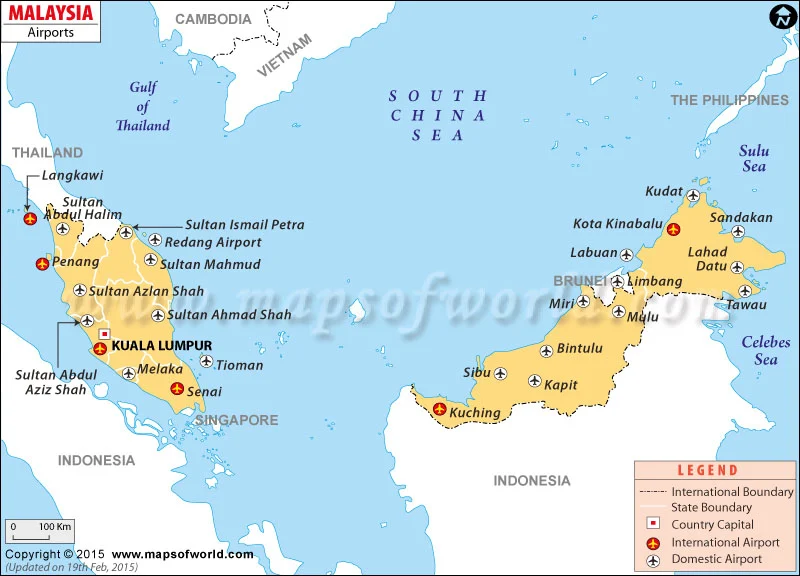
Image Credit: mapsofworld
For ambitious travelers wanting to visit both west and east Malaysia, you will need to book a flight to cross the sea separating the two parts of Malaysia.
That’s not all domestic flights are good for however as you can travel to many states without breaking the bank except during peak periods like Chinese New Year/ Christmas/ etc.
- Using the KTM train line
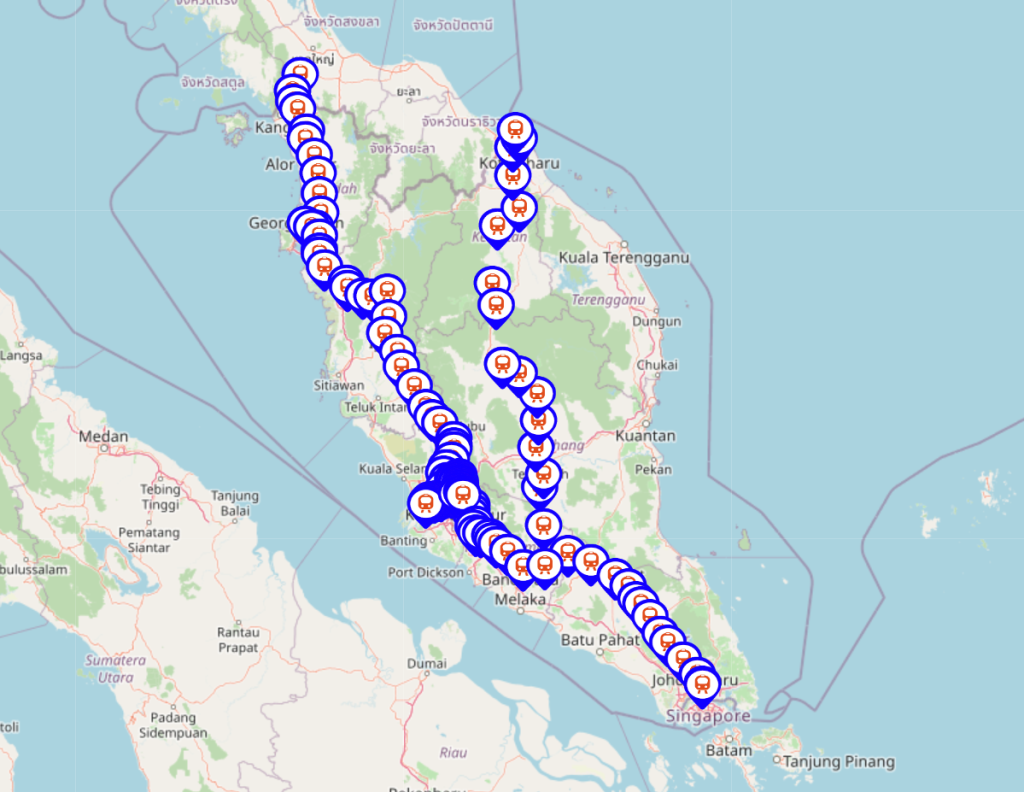
Image Credit: KTM Website
The KTM train line allows reasonably easy and cost effective ways of travelling around Malaysia, especially across states due to it’s wide coverage.
For KL visitors, it can be accessed in the KL Sentral train station which is not too far away from KLCC (KL Sentral itself can be accessed by MRT/LRT train lines as well).
The KTM line can also of course be accessed in any of the other stations where the train passes through.
- Booking a bus ticket
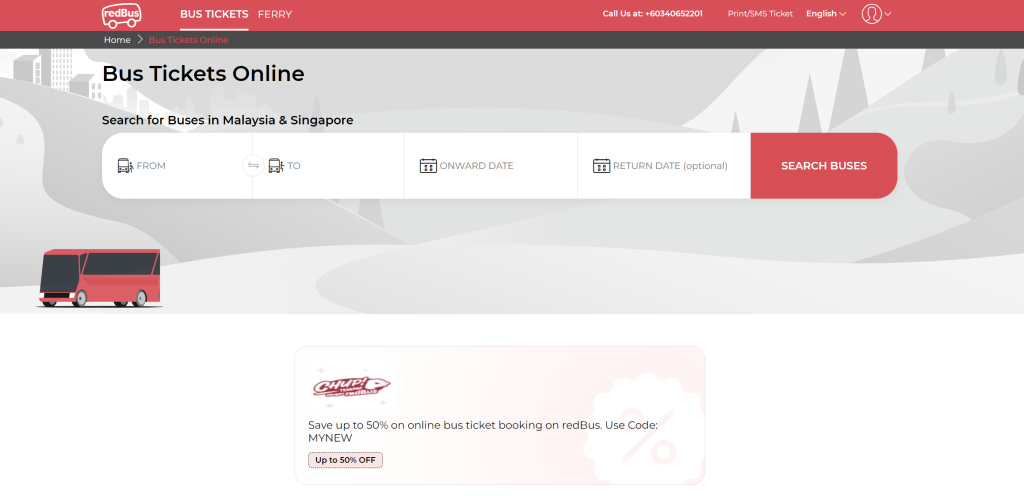
I normally don’t use busses to travel around short distances because they are not always on time and the system is confusing. Most locals and me included would normally just stick with grab and the MRT/LRT.
However, when going long distance booking a bus ticket is probably the most effective way and quite comfortable too. It also has ample space to carry large bags that would make train travel tiring and cumbersome.
To use the bus, simply book a ticket for a bus that departs at a location that’s accessible from your accommodation (check google maps) and show up on time. Simple.
My go to website for bus tickets is redbus and I’ve never had any issues so far.
5) Oh, and don’t forget to pack an umbrella in your bag
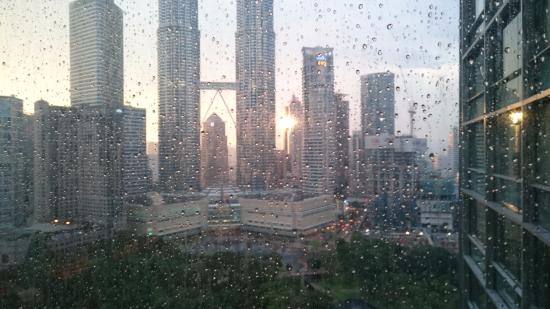
Many a daily expedition has either been ended or been severely delayed by the tropical torrential rains of Malaysia.
Unfortunately, we’re not like some other countries where it is still walkable outside when it pitter patters. Rain here is often most times of the year and when it rains, it rains heavily.
That’s why we Malaysians tend to do most of our stuff indoors and the prevalence of malls is so great. Therefore make sure to bring foldable umbrellas for any outdoor activities , even if it’s just walking outside in the city when you need to hop from place to place.
The times when its not raining it can be very hot and sunny so you’d best get some sunscreen as well.
6) Road traffic here is kind of sus
Malaysia is a pretty safe place (I hope I don’t get jinxed for saying this). I’ve never been mugged, pickpocketed or assaulted in 27 years of living here. Neither has anyone close to me either.
Generally you don’t usually find trouble unless you go looking for it… unless when it comes to traffic. This point is important and has led to many fatalities or severe injuries.
To put it mildly, the adherence to traffic laws over here is “a little lax”. It’s like we know the rules but we choose not to always practice it. I like to believe it’s in the name of efficiency 🙂
What this means is that you should always look left and right before crossing lest you get hit by a motorcyclist going the wrong way on the road, trying to take a shortcut. Cars sometimes do it too, even on highways.
Oh, and zebra crossings? Yeah, don’t trust them either – they are more like a suggestion to stop and slow down for you not a guarantee. I’m reminded of my experience visiting the UK, waiting at the zebra crossing for the car to pass only for them to angrily wait for me to cross instead.
Anyway the point is that it’s basically laissez faire over here on the roads and the pedestrians are part of this free for all. Jaywalking is a way of life here and is ironically sometimes the only way to get across a street effectively without taking a 10 minute detour.
On that note if you’re going to jaywalk, make sure you are confident and capable to do it well since as we just covered – traffic here is sus.
7) You are not expected to leave tips
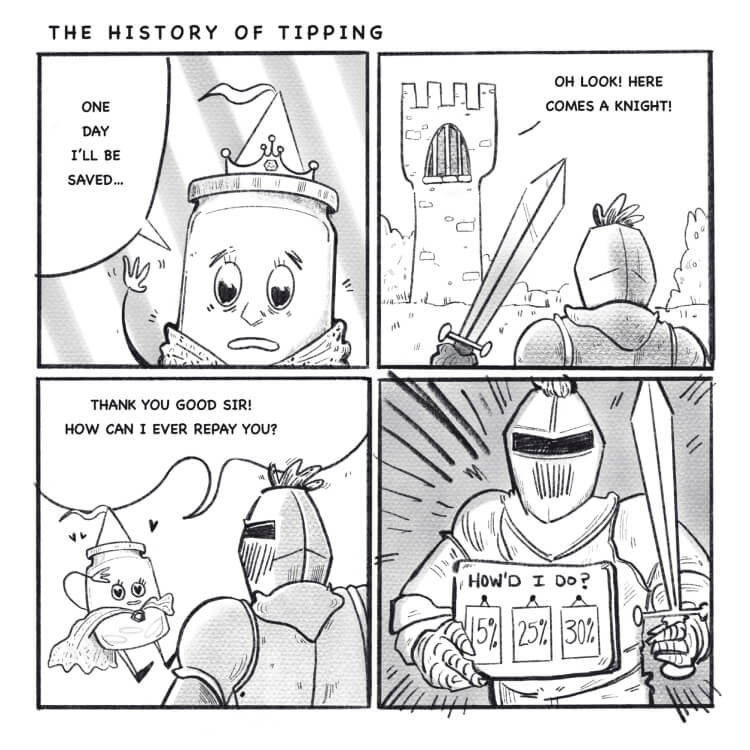
We don’t have a tipping culture here, pretty much at all. I know, it’s amazing not to have to deal with those pesky leave a tip machines or deal with the expectant and oftentimes disapproving stares of restaurant and hotel staff alike.
99.5% of the time we locals do not leave tips – it’s simply not expected. Of course if someone has gone above and beyond to provide an excellent service, you definitely can leave a tip if you want and as an added perk of the no tipping culture, you would really be make someone’s day.
The keyword in all of this is can. Remember that you can always do it, but are not expected to.
8) Water is not usually drunk from the tap
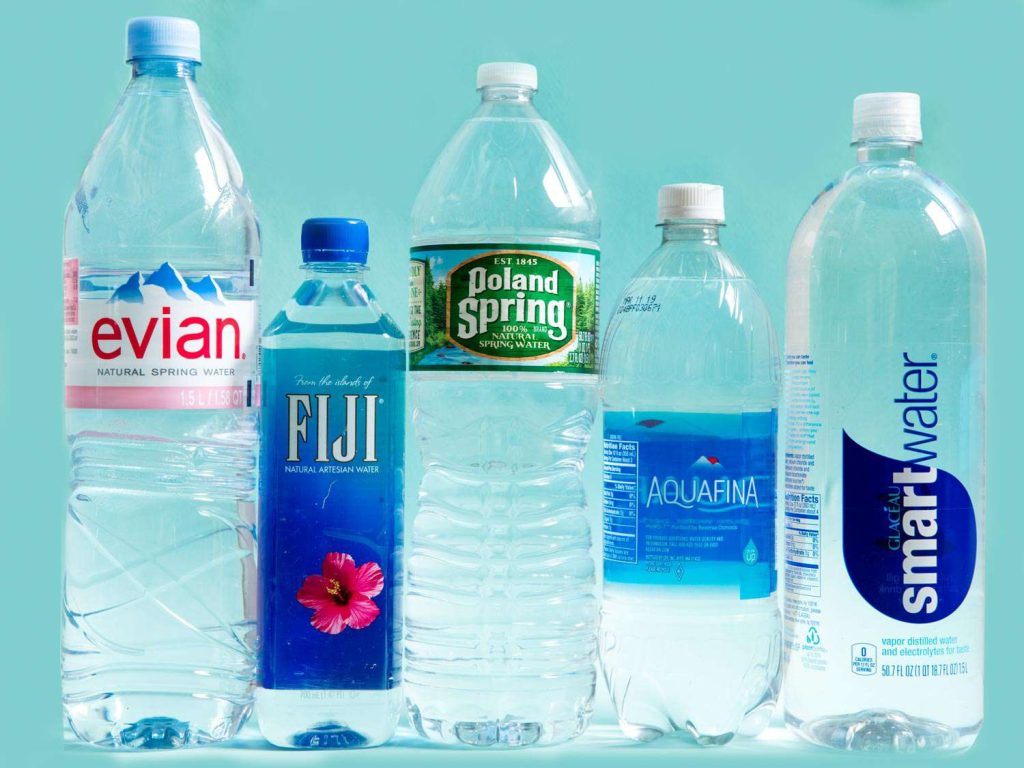
Oh the inhumanity! What kind of third world country is this? Some of you reading this may be thinking this right now. For the rest, it’s totally normal.
Whatever the case, we Malaysians do not normally drink water straight from the tap.
Thing is, unlike countries like Japan or the UK, not all water from the Malaysian taps is safe for consumption. It would have to be filtered or boiled first and sometimes the water coming out from the taps look like this:
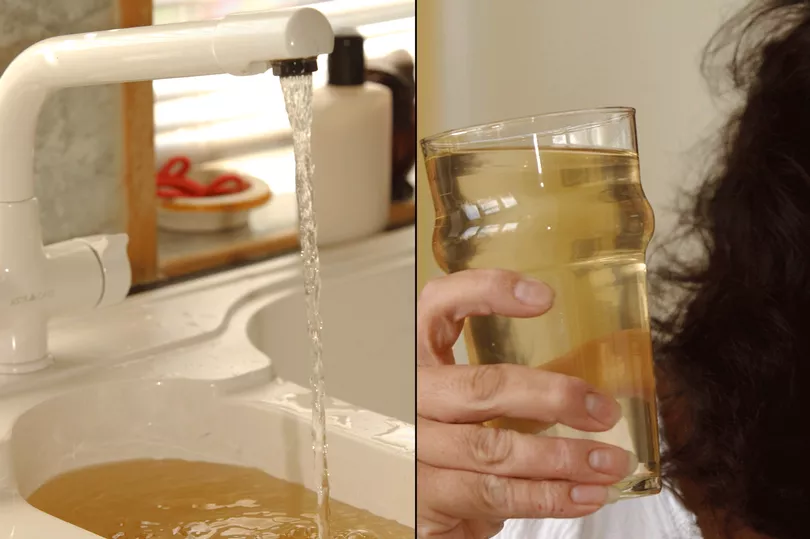
Image Credit: plymouth herald
Yep, that level of brownish water occasionally does come out of taps, even in the city. Thank the stars it is the exception not the rule.
The good thing is that there is plenty of ways to resolve this – you might not even need to.
Hotels will normally give you water for free. Air normally have a water filter if you’re lucky, otherwise you may get by with boiling water and drinking that (as long as the water is clear).
Worst comes to worst, you can simply buy some drinking water from your nearest mart.
Speaking of water, a pro tip for the cost savvy traveler is that you can often ask for plain water from most restaurants that will come free or at a very minimal charge (1 Malaysian Ringgit at max normally) even if it is not listed on the menu.
9) Shops in urbanized areas usually accept card
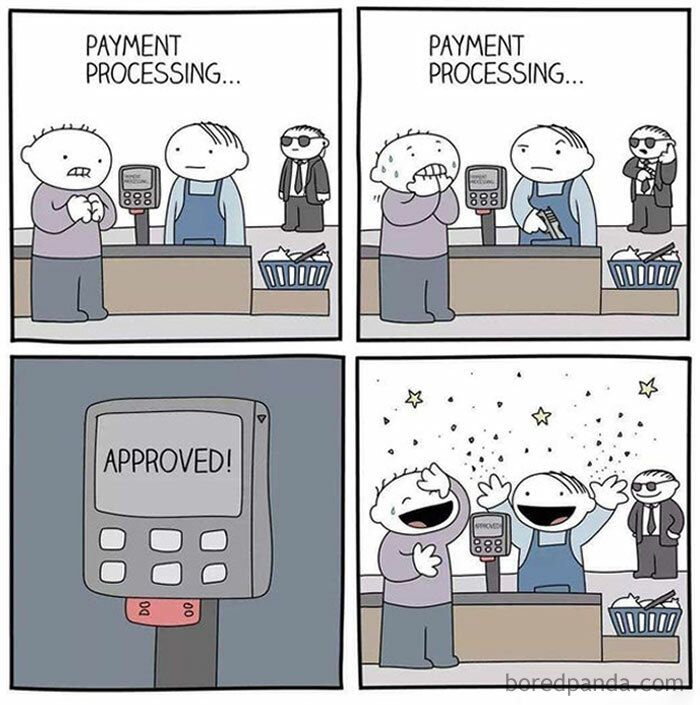
Most establishments in the more touristy or developed areas of Malaysia will accept Credit/Debit card. That goes for restaurants and grocers as well so there’s barely a need to be cash heavy in those areas.
Still, if you ever need to withdraw more cash, you can easily access ATMs that are located in the nearest bank or mall and use your card. Do beware of the currency conversion and other charges associated with your bank/card/atm though.
10) Malaysia is a conservative country
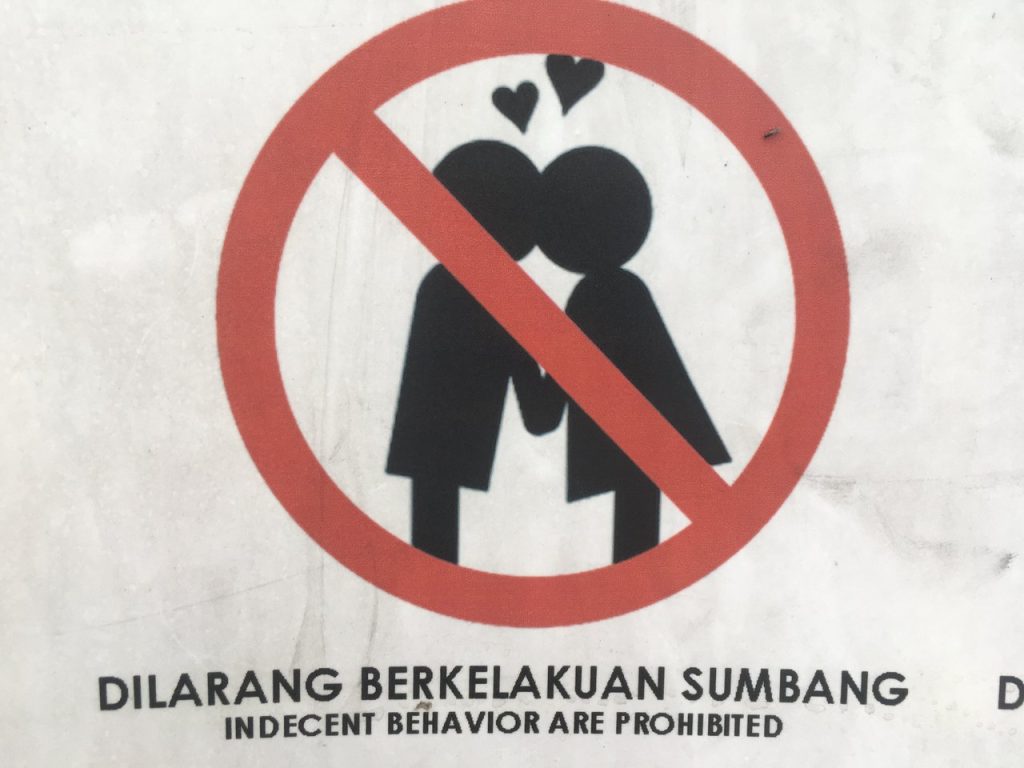
For those who don’t yet know, Malaysia is a conservative country that mainly practices Islam.
Of course, we are not as extremist compared to some of the Islamic countries in the middle east.
That still means that public displays of affection, overly skimpy clothes and overly rowdy behavior are frowned upon – especially in temples or other places of worship.
It’s extremely unlikely someone is going to get all up in your face and tell you off (we are quite reserved here), but you may be subject to more than a few annoyed stares.
11) How to gear up
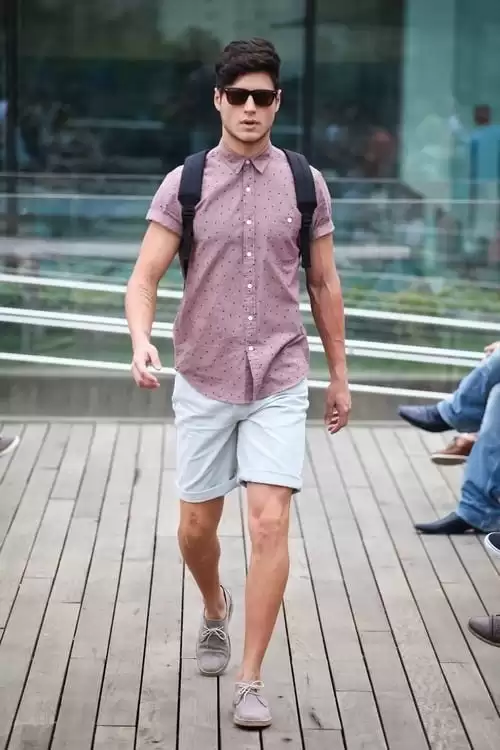
We’ve gone over the weather already, so what should you pack for the trip?
As expected, you need look no further than tropical or summer wear. While it’s hot most of the time, the bigger problem is that it’s humid so shorts and short sleeved tops will get you through most parts of Malaysia comfortably.
Basically, the more breathable the outfit the better.
Malls themselves are approximately 26 degrees so unless you’re sensitive to the cold you can easily get by without packing an outer layer.
It is recommended to pack one though, here’s why:
If you’re going to places of worship (as talked about before) or dealing with government agencies, you should remember they have a dress code of smart casual as a minimum (more formal is fine).
That means no overly short shorts, no exposed shoulders, and nothing too “provocative”. When in doubt, you’ll never go wrong with a collard t-shirt and jeans.
12) What you should do in Malaysia
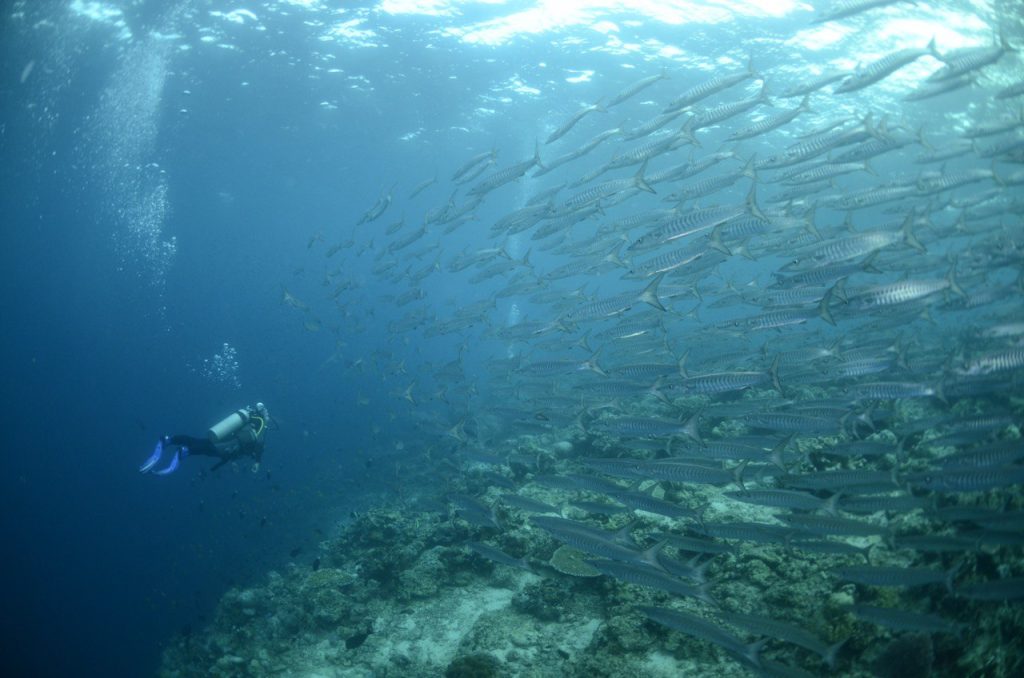
I’m not going to dictate how you should spend your time in Malaysia. It’s your vacation – you do you.
Still, I’d like to end this blog post with some of the things you might want to consider doing here because there’s no better place to do them than in Malaysia.
1) Shopping
One thing we do well in Malaysia is our malls. I’d say they are world class even.
Many of the malls in KL are seriously impressive as hanging out in malls is pretty much our way of life here. Few of us want to be outside where it’s hot, humid and rainy.
There’s a mall for everything here as well – tech, luxury, experiences, you name it!
So go wild and splurge a little. The good news for most foreign tourist is that the Malaysian currency is relatively weak and things are considered cheap here compared to other places in the world.
2) Food
If you haven’t already made plans to stuff yourself with great food here, you really should. It’s not just my opinion – we are renowned for our food.
It’s diverse, affordable and with all the extra punchiness of flavor that Malaysian’s love. Is it the MSG? I don’t know… don’t ask questions you don’t want answers to 🙂
But in all seriousness I personally believe it’s because we’re so multicultural here and geographically close to so many countries that are flavor powerhouses.
China, Thailand, Japan, India – you name it. Their food secrets have slowly seeped into Malaysia and we’ve added our own local twist on it to give it that extra somethin somethin.
3) Diving and Snorkeling
It’s almost a waste to come to Malaysia and not take advantage of the diving and snorkeling experiences that can be found here.
In this one country alone, we have several world class sites teeming with tropical aquatic life. Perhentian island, Tioman island or Sipadan (where my photo was taken) are where it’s at.
Coral reefs, shipwrecks, reef sharks and underwater mysteries – we have it all.
You can even book and undertake the course to acquire your open water license if you don’t already have it yet.
Sure it’s out of the way and not very first time touristy, but if we’re talking about what Malaysia at best at, it’s this.
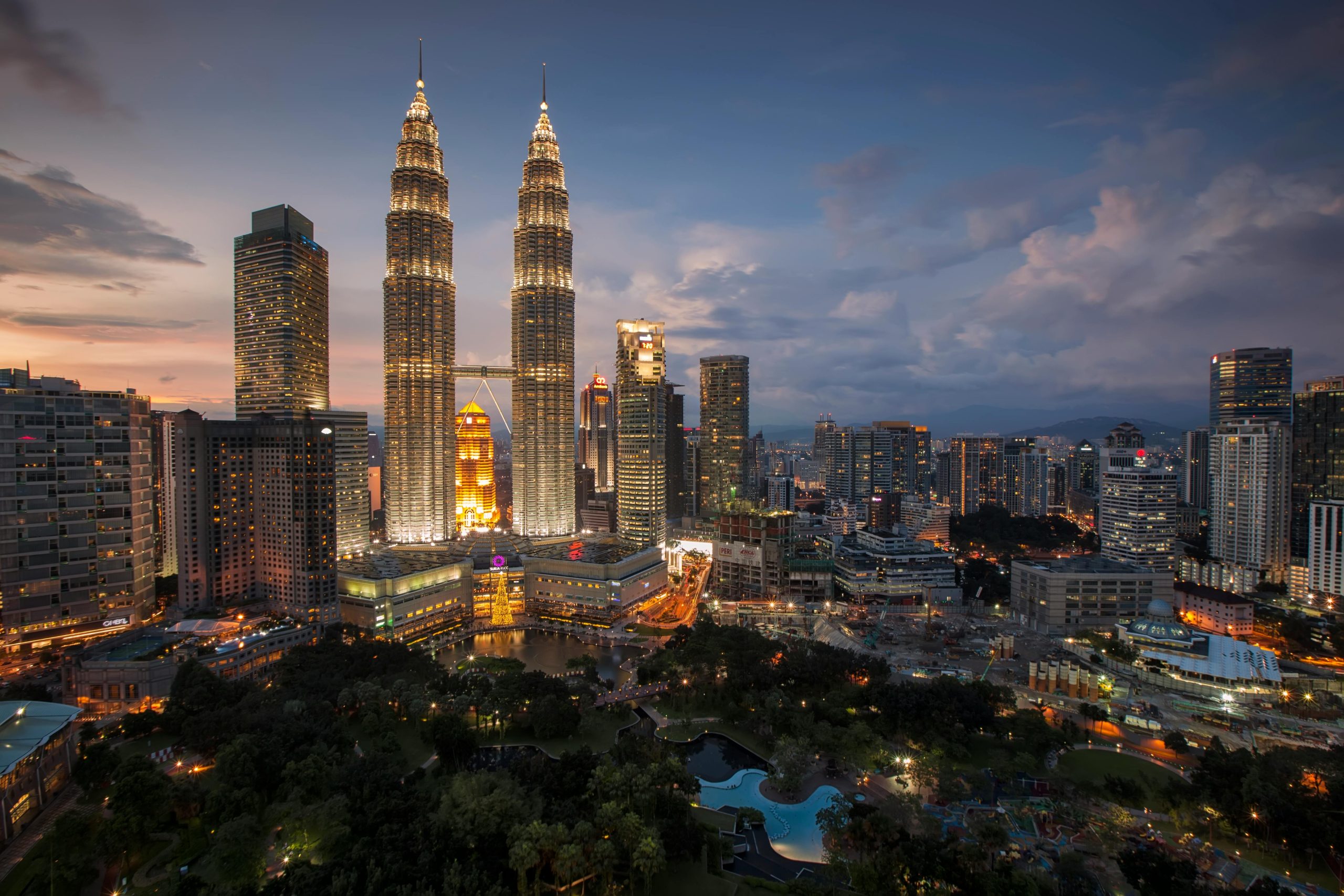
Leave a Reply